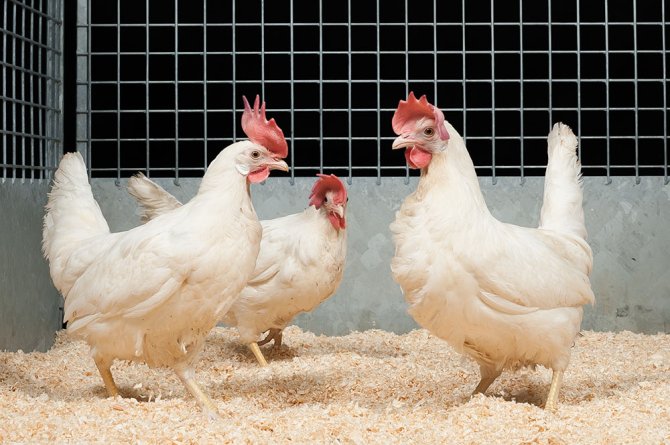
Blog
Breeding animals for general disease resistance? Yes, we can!
No sick animals. Every farmer dreams of this and will do everything to prevent animals from getting sick. One successful proven way used in the past is preventive administration of antibiotics. However, society, politics and the agricultural sector agreed that nowadays this is an undesirable option. In addition, antibiotics do not protect against virus infections. Therefore I, as a researcher, rather look at the potential of the animal itself.
How can we increase resistance against pathogens? One way to increase resistance is to select animals for higher general disease resistance. So, not their resistance against one disease, but against several diseases. The beauty of this option is that you use the natural genetic variation of the current animals to permanently improve future animals.
Past performances do not offer a guarantee for future returns
In the past, many research groups (also in Wageningen) have tried to select for higher general disease resistance, with varying success. Many of these efforts focussed on resistance against one specific disease, but this often turned out not to be protective against other diseases. In practice, longevity and survival of animals are often registered and used in selection, as a kind of indicator for robustness. A big disadvantage is that this information is only available after the animal died or was culled. Moreover, you often don’t know the exact reason for this. Thus, determining general disease resistance is not easy at all.
A heritable indicator
What requirements does this indicator for general disease resistance have to fulfil? In the first place, you want a heritable indicator. After all, you want to be able to breed for it. In addition, you want an easy and cheap indicator. And, of course, it has to be predictive for resistance against multiple diseases. During the four year of my doctoral research, I specifically focused on ‘natural antibodies’ as an indicator for general disease resistance in layer chickens.
Natural antibodies, what are those?
Healthy animals have natural antibodies. These are proteins of the immune system, naturally present without (previous) exposure to a disease. Natural antibodies are not specific, but have a broad and general protection. Previous research showed that natural antibodies are a predictor for survival of layer chickens. And, also important, the level is heritable! So we can select for them.

My research shows that selection on natural antibody levels improves disease resistance, and thus improves robustness.
Breeding for improved general disease resistance
The main research questions of my doctoral research were: can we select on different levels of natural antibodies and does this result in a difference in disease resistance? The answers to these questions are: YES and YES!
Together with colleagues of the research groups Animal Breeding & Genomics and Adaptation Physiology and partners of the breeding organisation Hendrix Genetics, I measured natural antibody levels in layer chickens. Based on this we selected animals with the highest and animals with the lowest levels to breed two separate selection lines. In every generation, we measured natural antibodies, and selected the highest/lowest animals to breed the next generation. In this way we selected six generations. Eventually the ‘high’ line had on average four to six times as many natural antibodies compared to the ‘low’ line!
But are they also less diseased?
To answer my second research question, we investigated how animals respond to an infection with an E. coli bacteria. This bacteria is normally present in the environment of the chicken (for example in the gut) and actually does no harm, unless it finds its way to places to places it does not belong, like the lungs. The selection lines showed a clear difference in E. coli sensitivity. In comparison to the ‘low line’, the ‘high’ line had two to three times less chance to die! In addition, the high line was clearly less diseased compared to the low line. Therefore, the selection line with more natural antibodies seems to have a higher resistance to E. coli pathogens compared to the line with less natural antibodies. That is remarkable, because we did not specifically select for disease resistance against E. coli bacteria!

Breeding for disease resistance is not specie-specific
The shown effect of selection for natural antibodies does not only hold perspective for layer chickens. We could expect to find similar results for other livestock species (broilers, pig, cow, etc.): natural antibodies are found in all animal species. Other research in Wageningen focusses, for example, on natural antibodies in dairy cows (in blood and milk). New methods are also being developed based on production traits, especially since many production data is being automatically registered. Therefore, I see lots of potential for improving (heritable) disease resistance and improved welfare of livestock, for which I will enthusiastically continue to work!